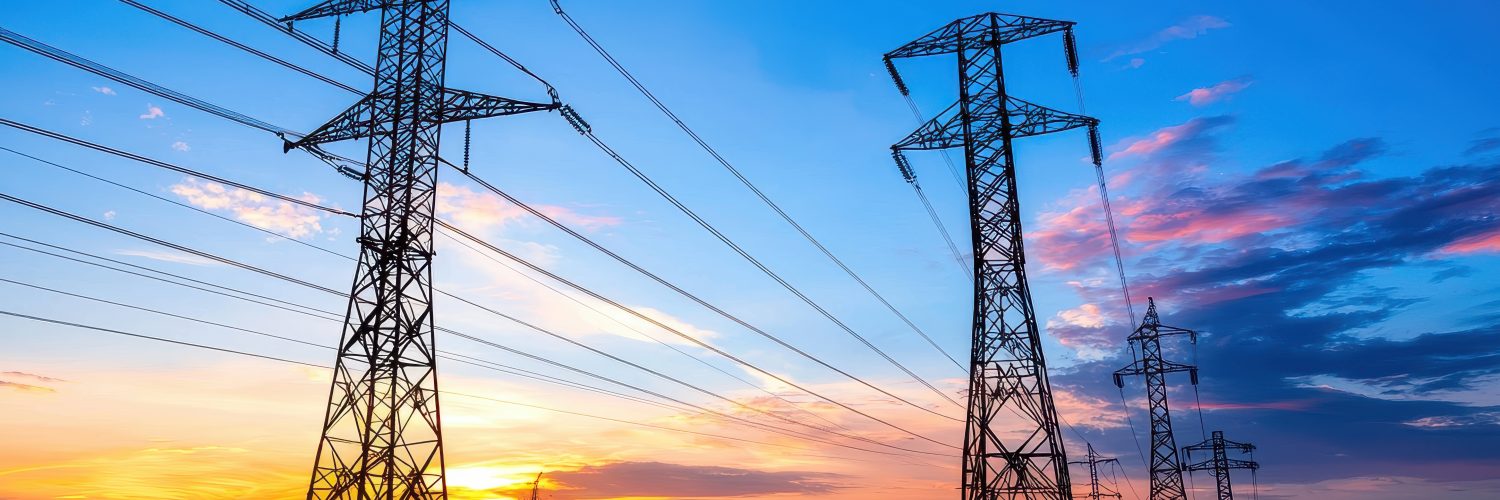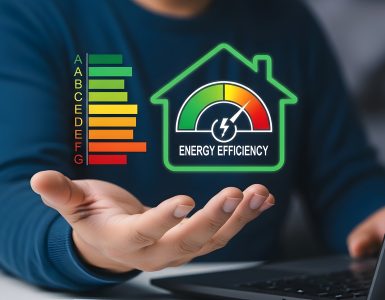Why smart energy data is the key to compliance, savings, and sustainability across your portfolio
As the pressure for decarbonization continues, businesses across the commercial, renewable energy, multi-tenant, and industrial sectors are facing a fundamental shift: electrification is no longer optional, and data-driven energy management is becoming a competitive advantage.
From EV infrastructure and heat pumps to renewable and battery storage, decarbonization tools are rapidly being deployed—but without real-time insight into energy usage, they can introduce complexity, inefficiency, and costly misalignment with grid or tenant demands. That’s where advanced energy monitoring comes in.
Why Energy Monitoring Is Now Business-Critical
Electrification increases electricity loads, changes usage patterns, and introduces new variables—like time-of-use rates, demand charges, and intermittently available renewables. For businesses managing portfolios of properties, large-scale industrial operations, or multi-tenant buildings, understanding energy usage at a granular level is no longer a luxury—it’s a necessity.
Real-time monitoring delivers:
- Visibility at the equipment, panel, or tenant level
- Data to optimize operations and avoid costly peak demand
- Proof of performance for renewable and electrification incentives
- The foundation for achieving and reporting ESG goals
Commercial Real Estate: Future-Proofing with Submetering
In office parks, retail spaces, and mixed-use buildings, energy monitoring allows property managers to:
- Track and bill tenants fairly based on actual usage
- Meet new building performance standards and local mandates
- Identify inefficiencies in HVAC, lighting, and plug loads across zones
- Unlock rebates and tax incentives tied to verified performance
Renewable Energy and DER Projects: Maximize ROI and Grid Impact
For developers and asset managers in the renewable energy space, energy monitoring ensures that:
- DER systems (like solar PV and batteries) are integrated intelligently with onsite loads
- Load profiles are optimized to reduce grid dependence and support net-zero goals
- System performance is verified in real time, increasing transparency for stakeholders
- Demand response participation is precise and profitable
Multi-Tenant and Mixed-Use Properties: Enable Fairness and Compliance
Energy monitoring helps multi-tenant facility owners:
- Avoid disputes over energy costs by tracking usage per tenant
- Manage common area loads with greater efficiency
- Ensure compliance with jurisdictional reporting and submetering requirements
- Provide value-added insights to sustainability-conscious tenants
Industrial Operations: Uncover Efficiency and Reduce Downtime
In energy-intensive industrial settings, monitoring:
- Identifies abnormal energy signatures before equipment failure
- Helps reduce demand spikes that trigger high utility costs
- Verifies savings from retrofits and process improvements
- Supports ISO 50001 and other energy management system standards
Powering the Energy Transition—With Data
Whether you’re decarbonizing or benchmarking a portfolio of commercial buildings, rolling out EV infrastructure across multiple sites, or managing a manufacturing plant using energy data for operations optimization, one thing is clear: you can’t manage what you don’t measure.
Energy monitoring is the backbone of any electrification and decarbonization strategy. It helps B2B organizations:
- Achieve compliance with confidence
- Reduce energy waste and operational costs
- Qualify for incentives and financing
- Track progress toward ESG and sustainability targets
Going forward, companies that invest in data-driven energy intelligence will lead the charge in the energy transition—efficiently, transparently, and profitably.
Contact Us | Learn More | Source 1 | Source 2















